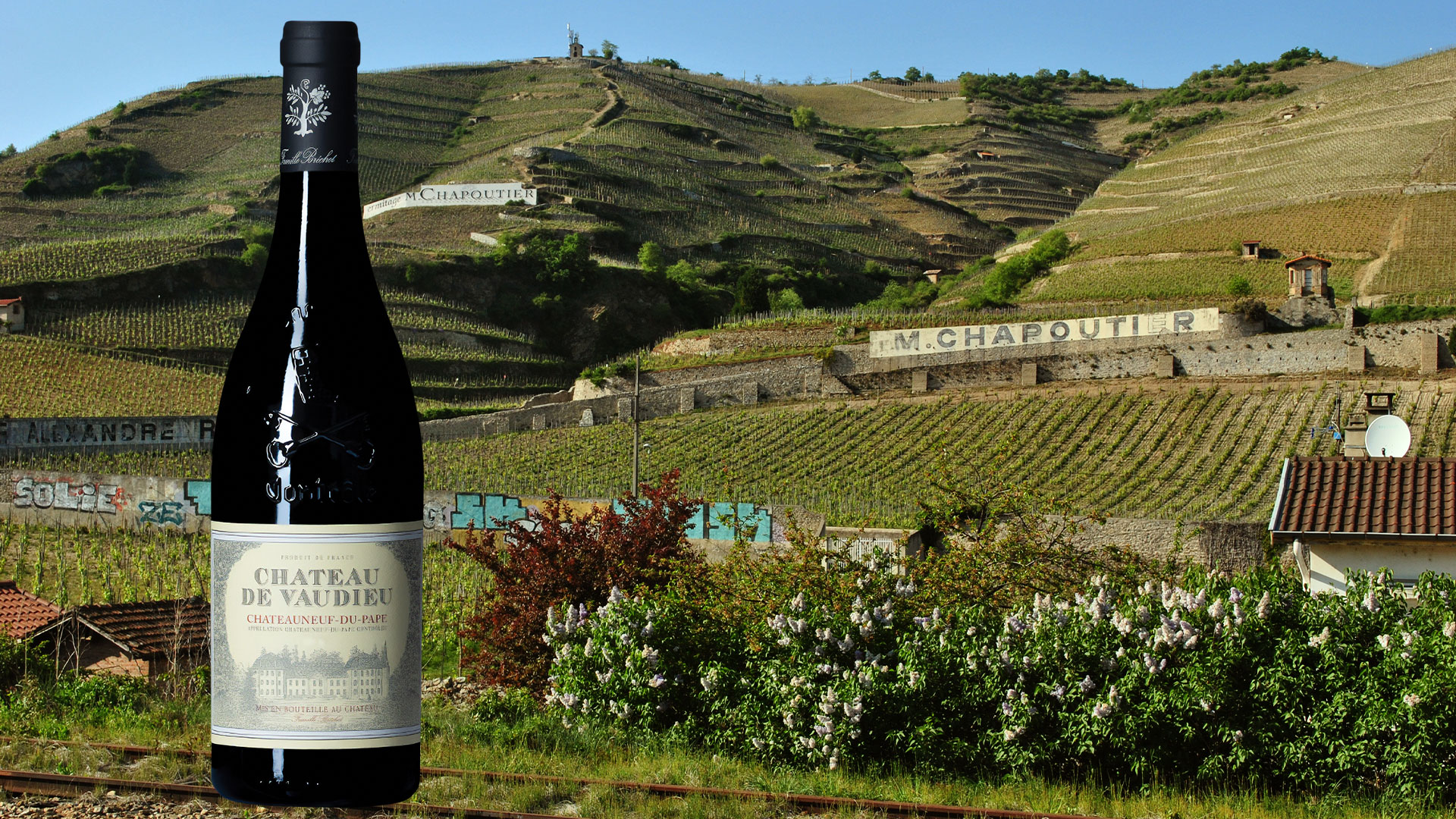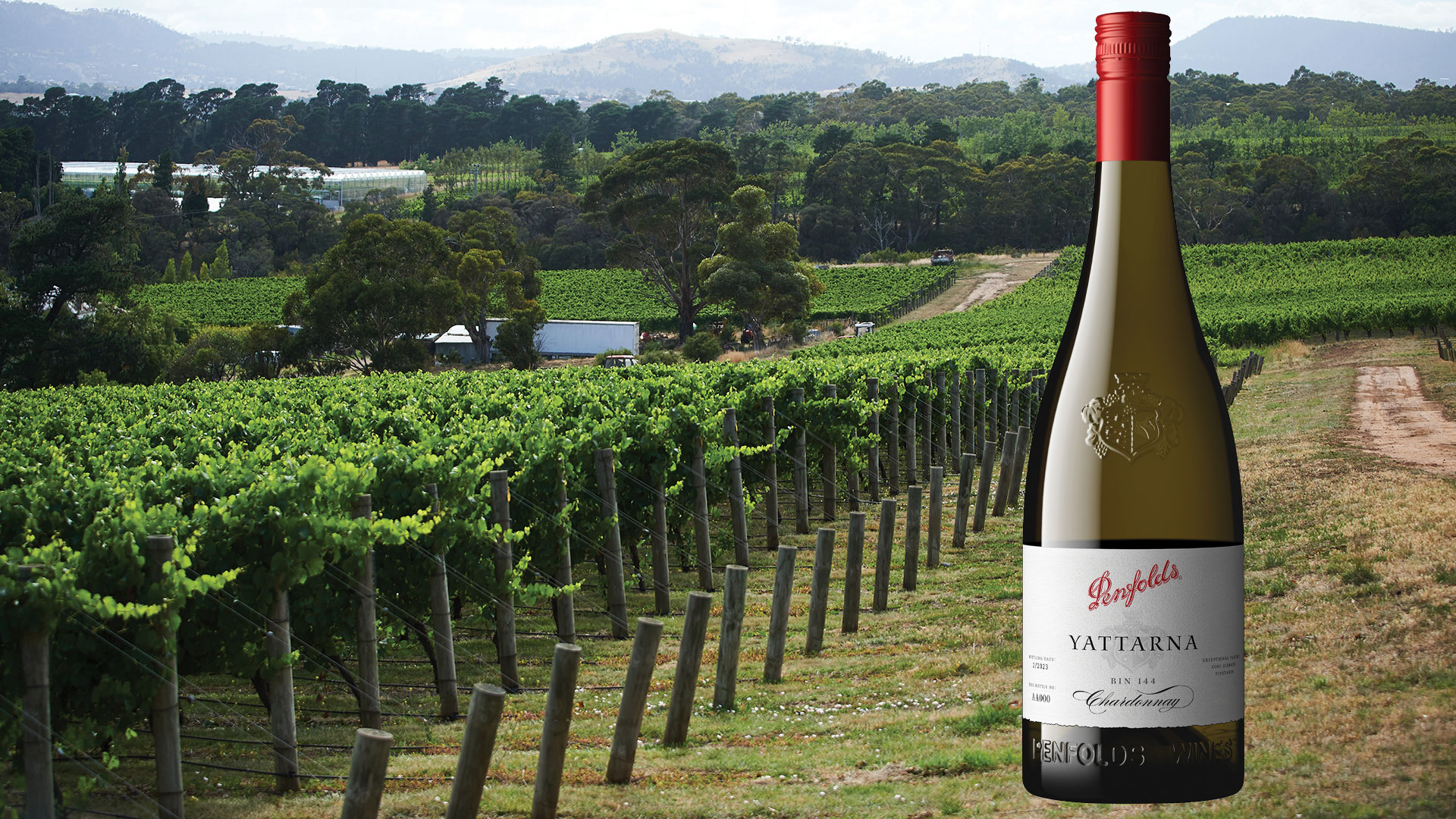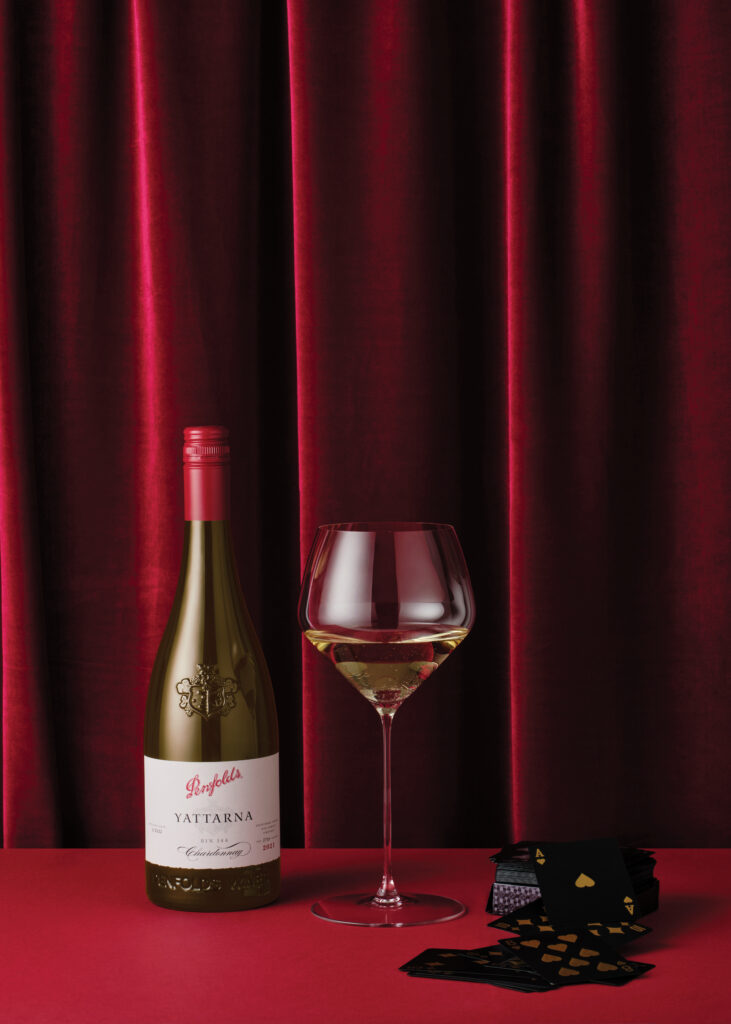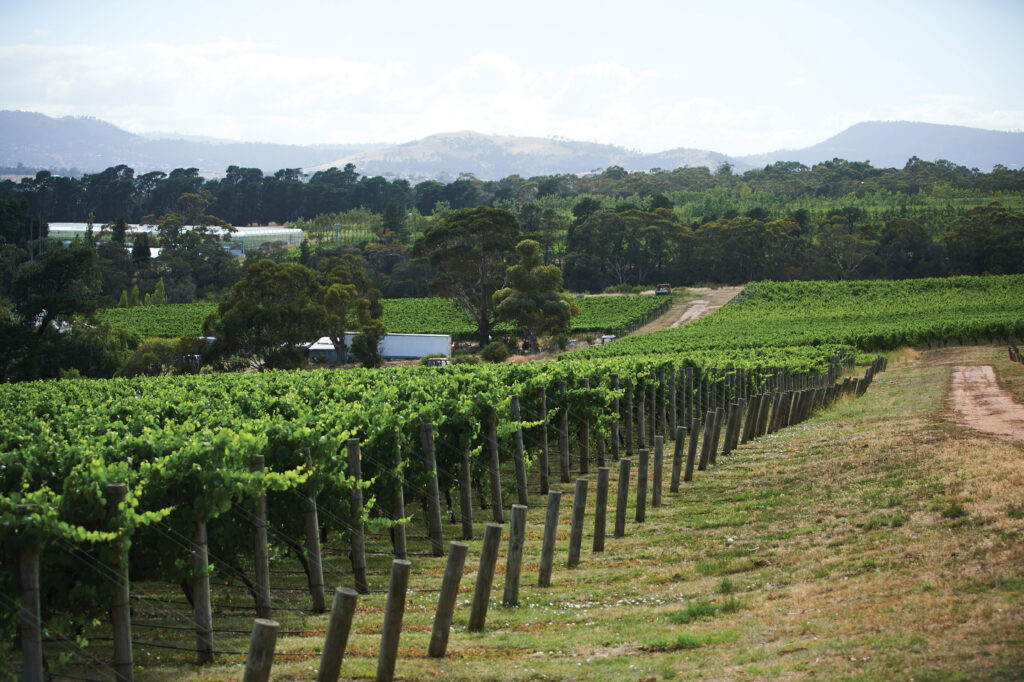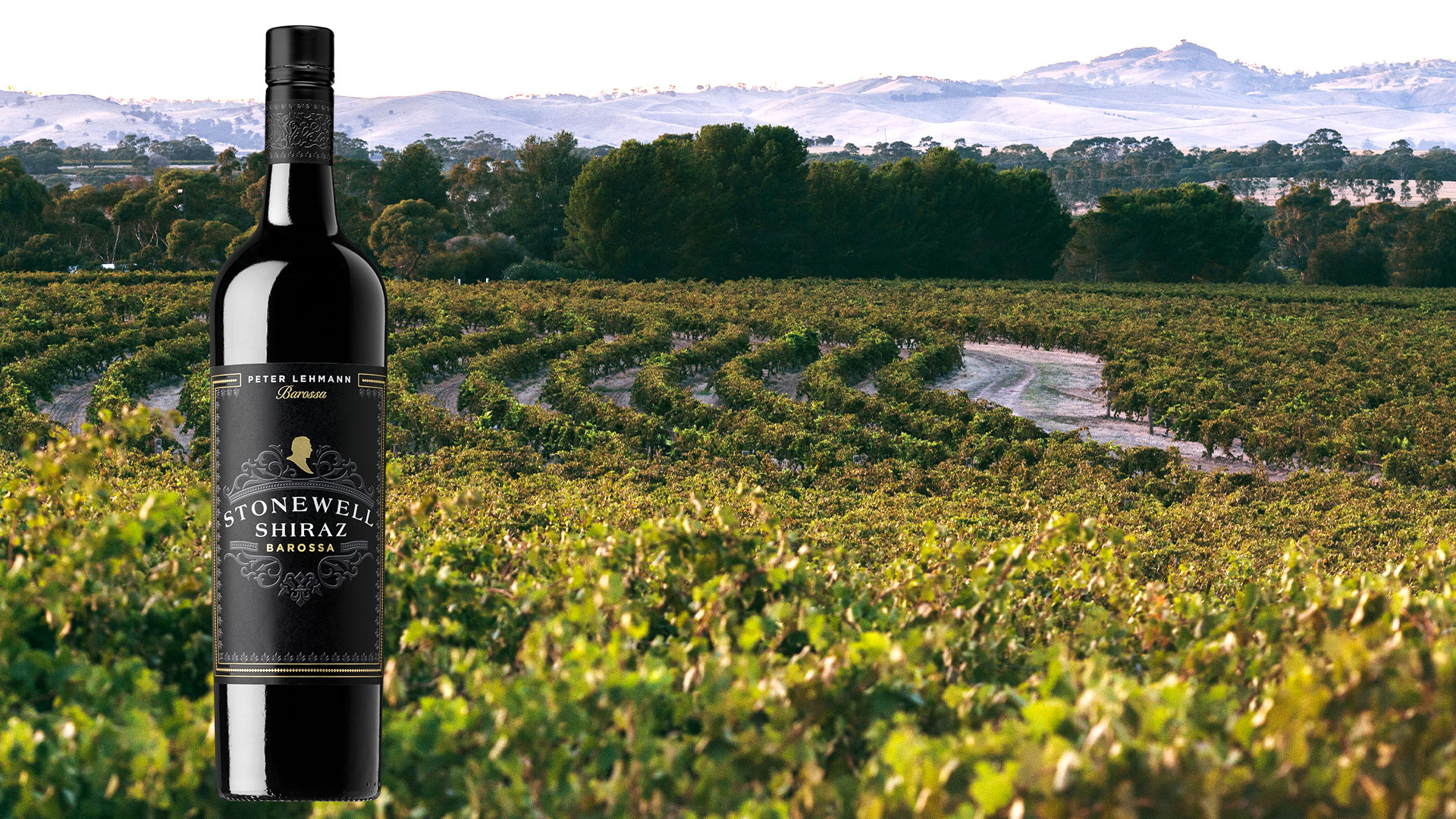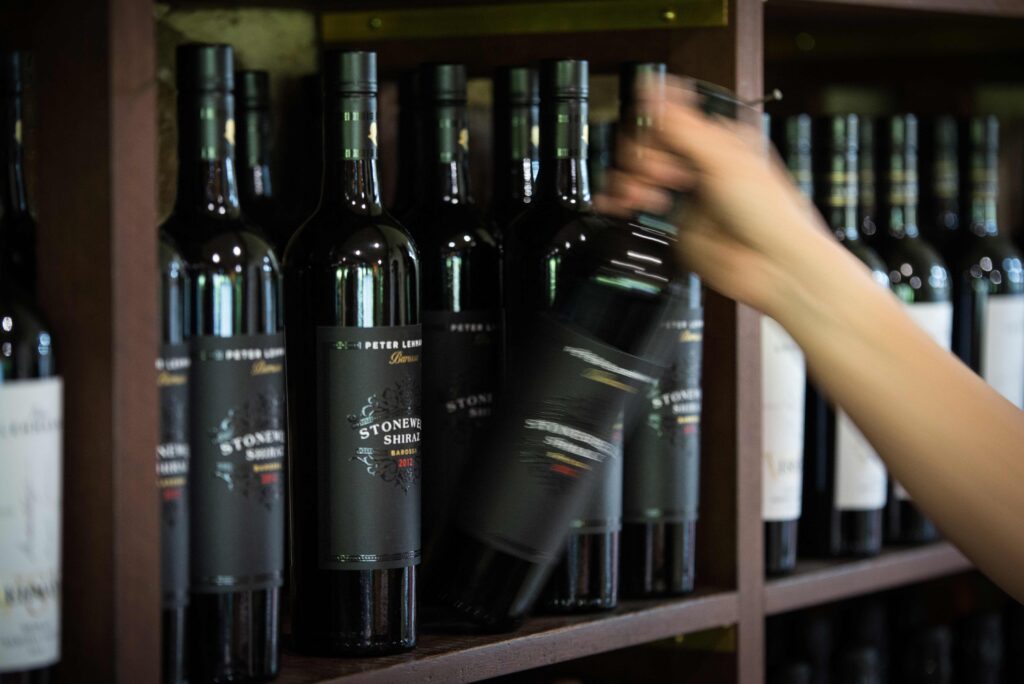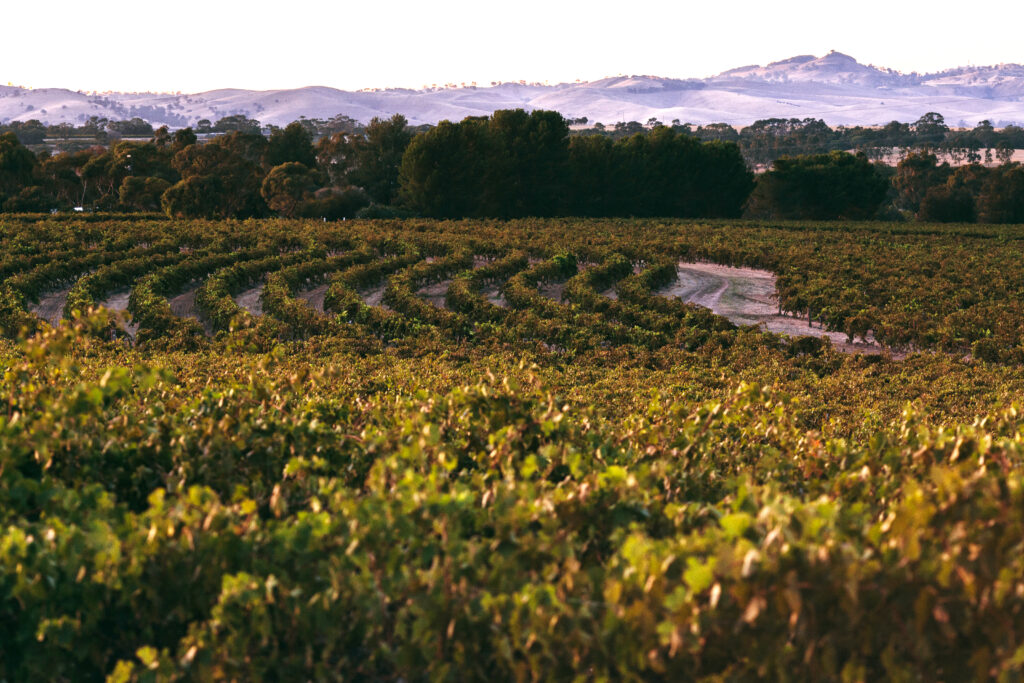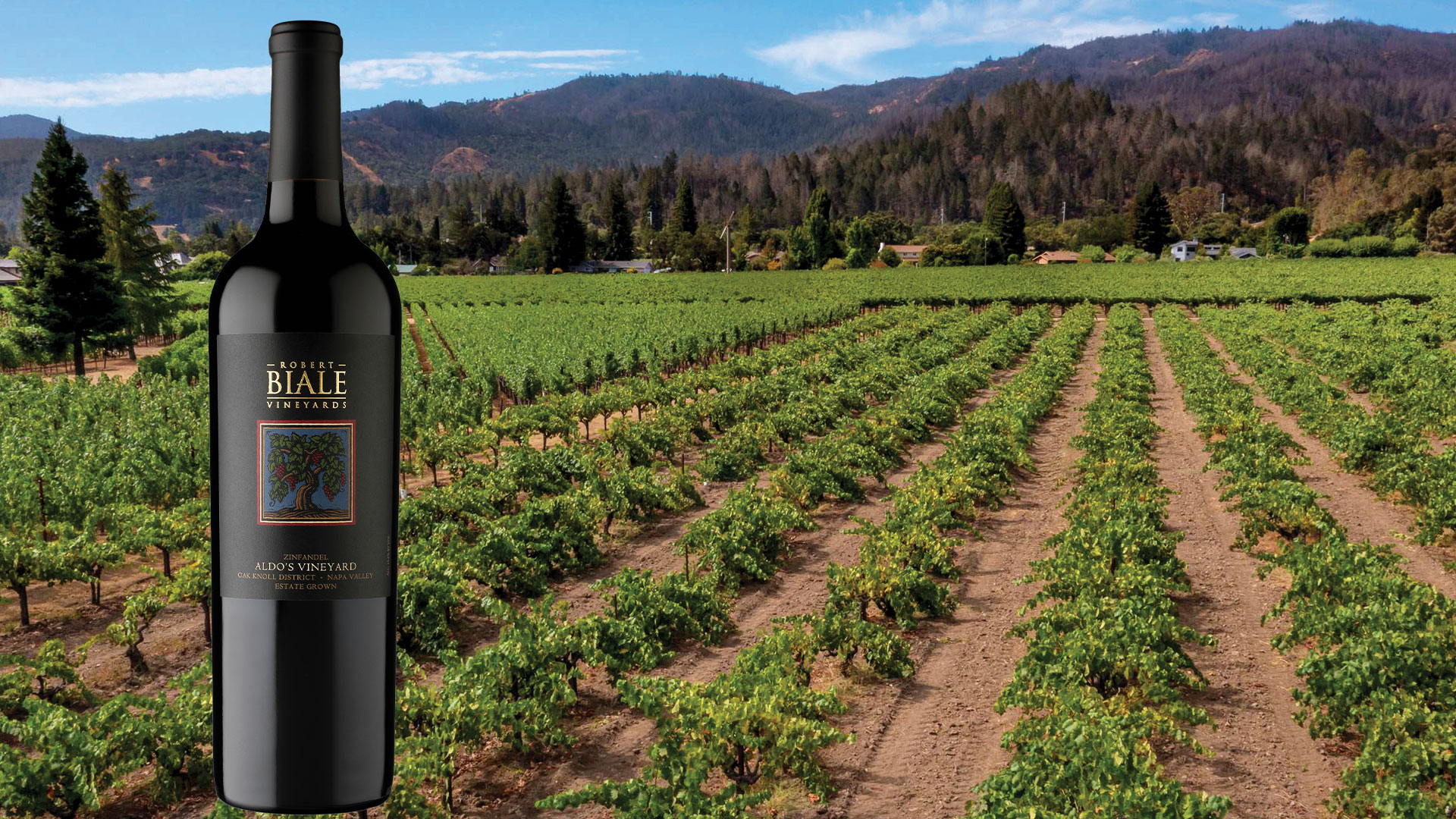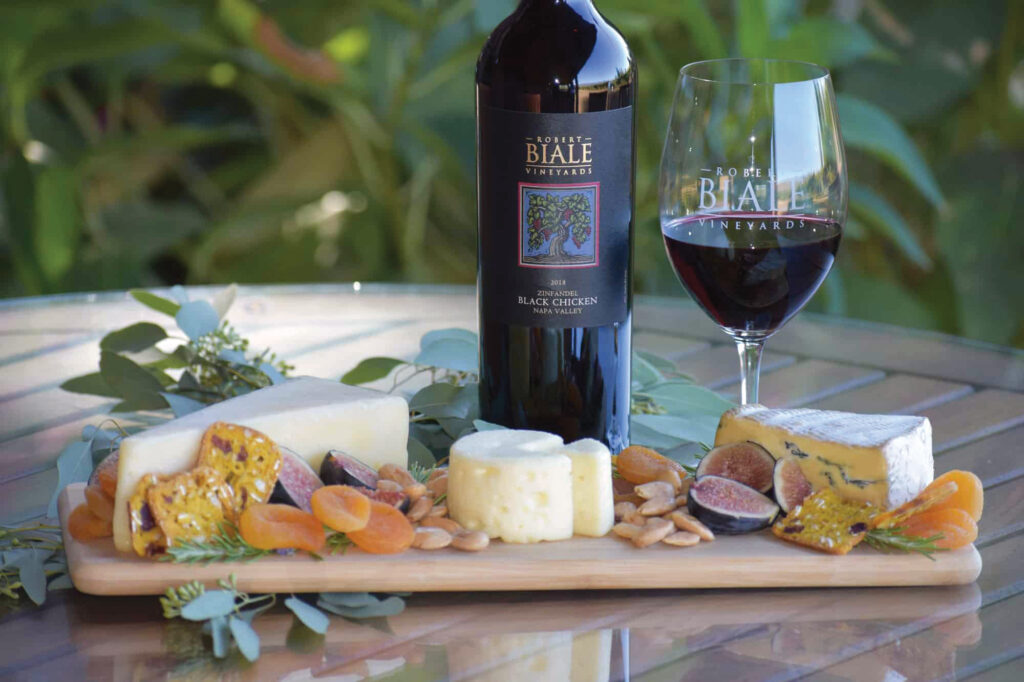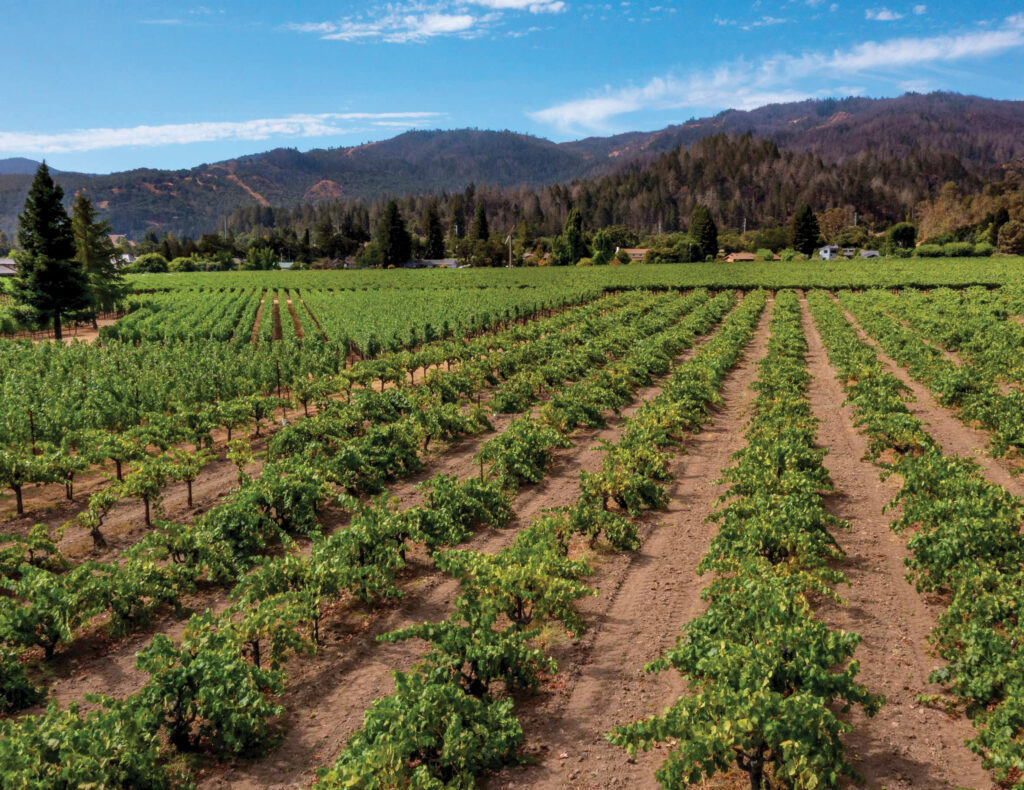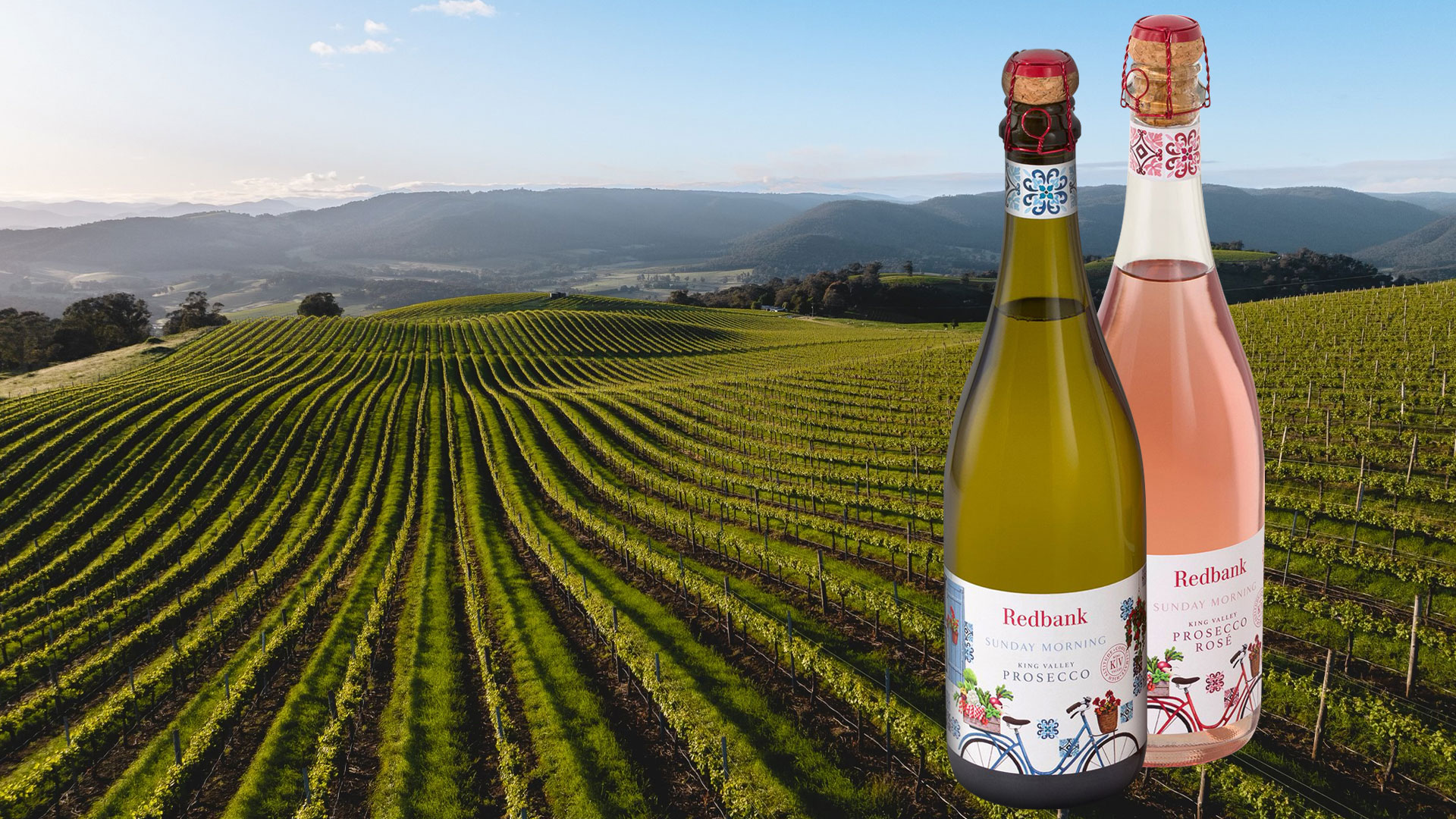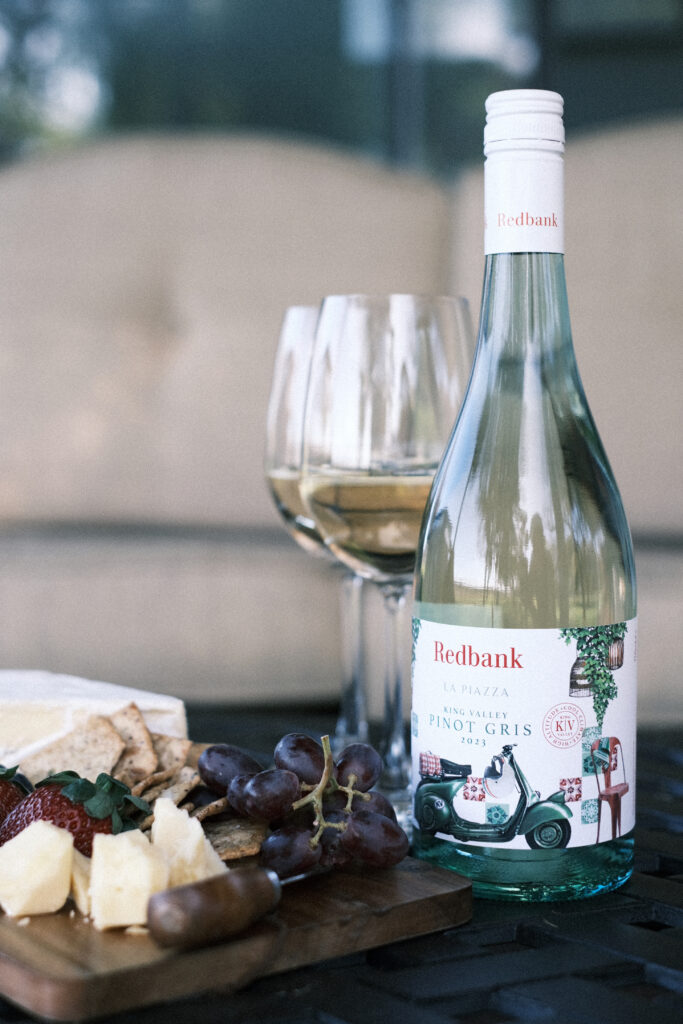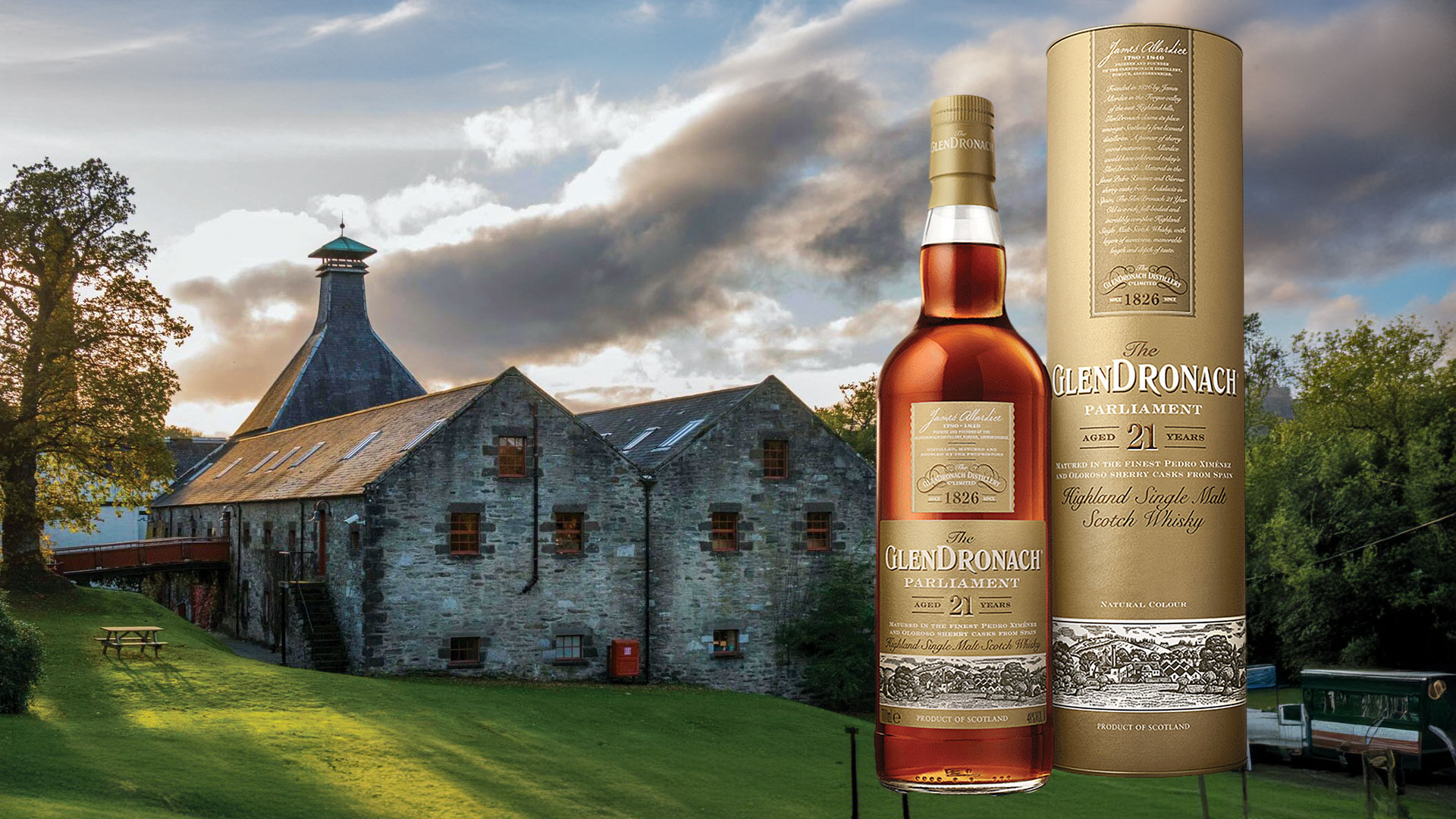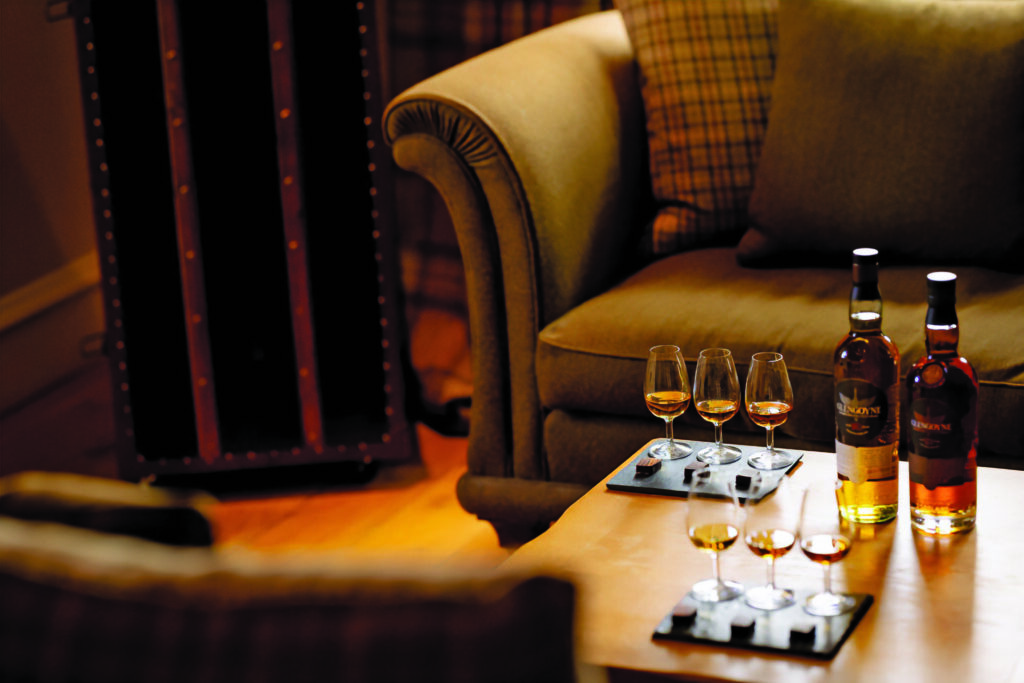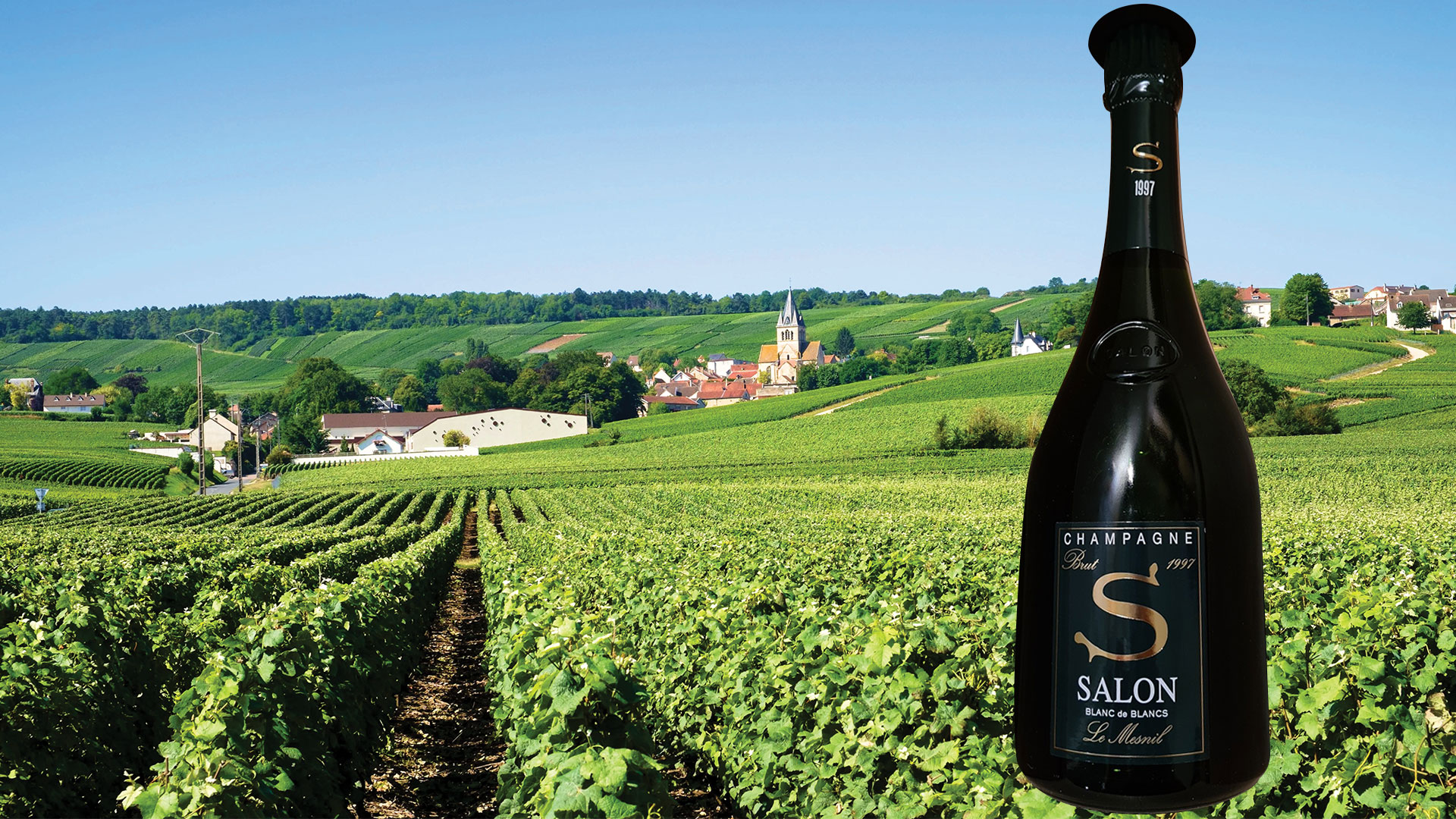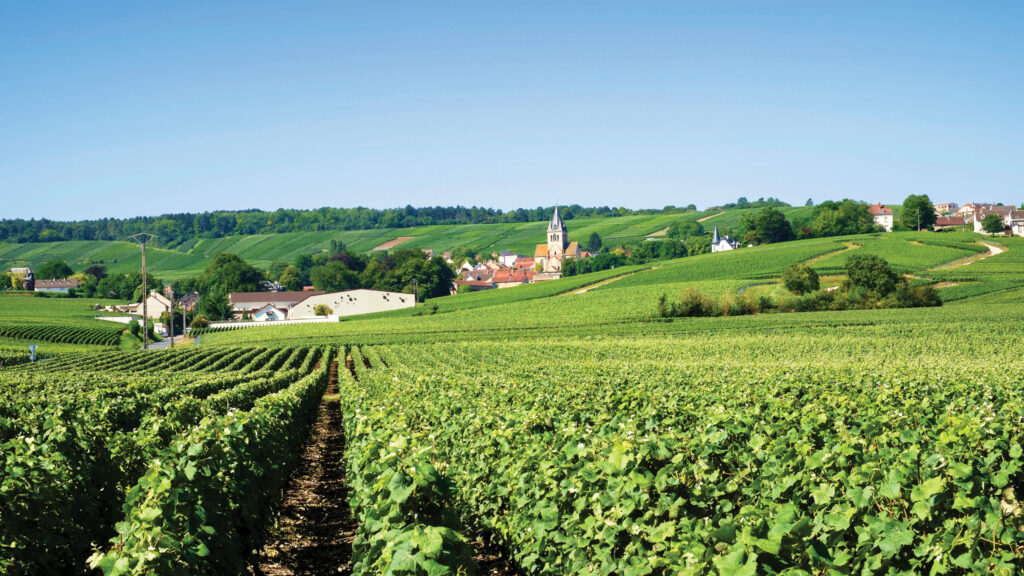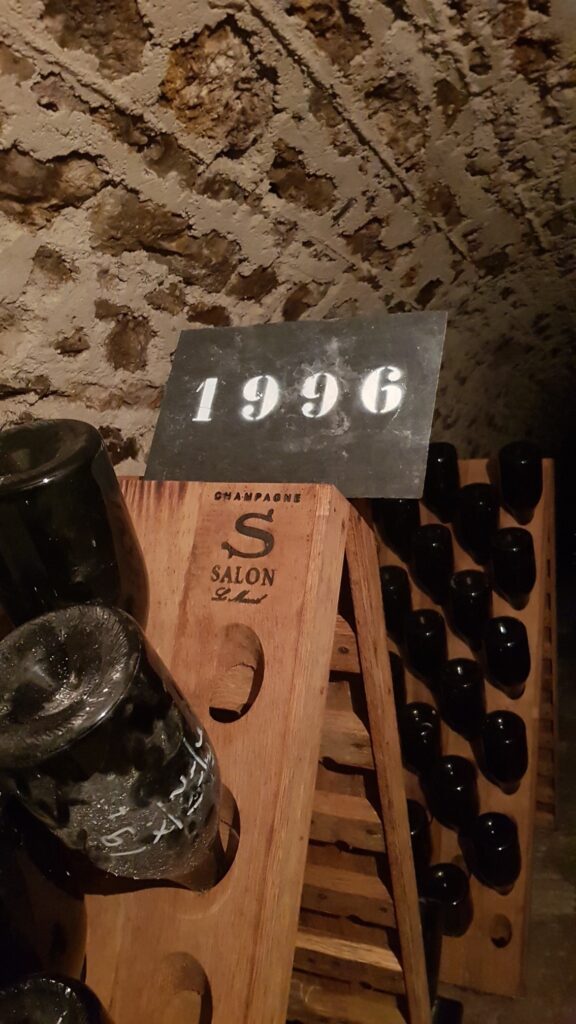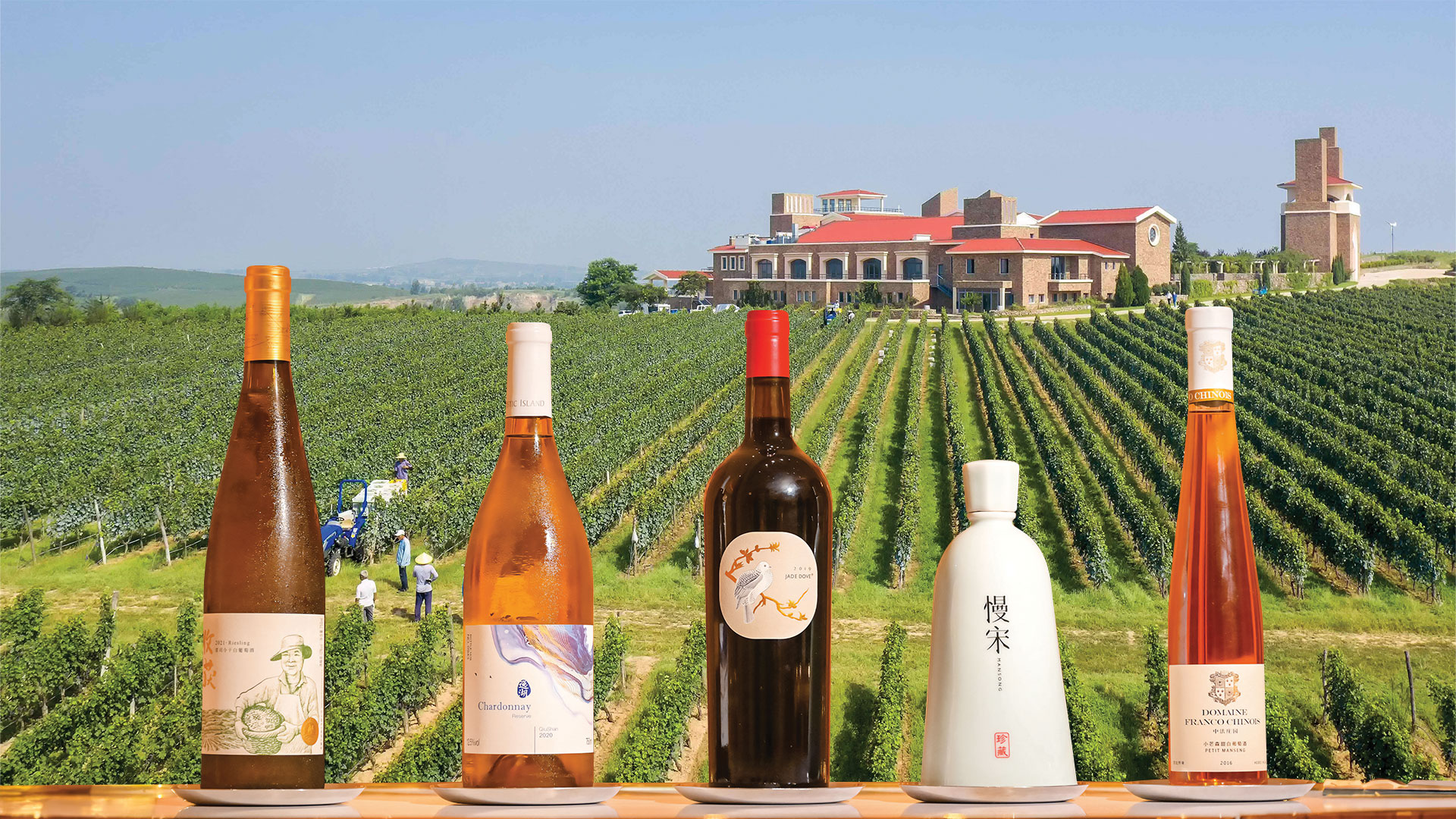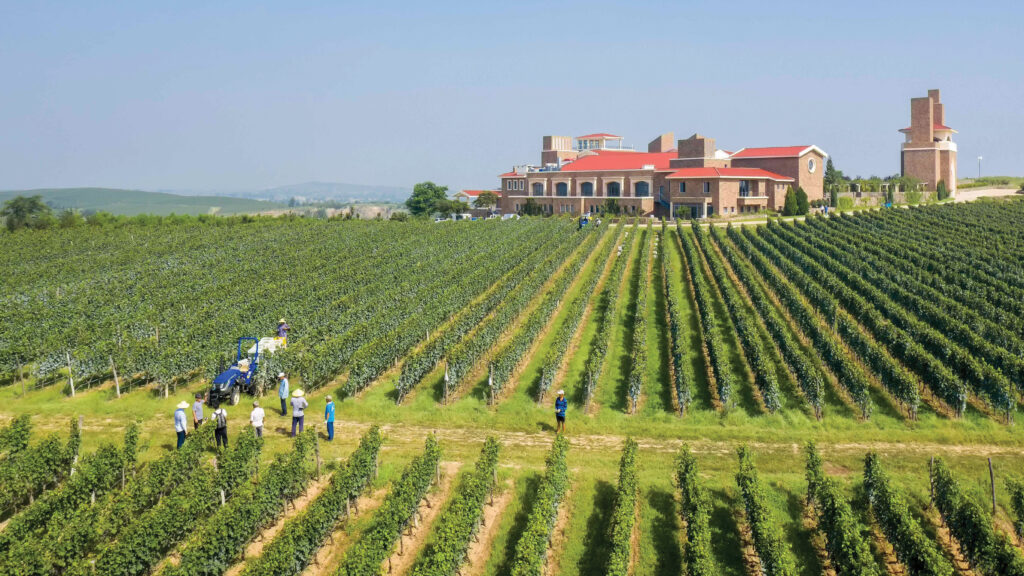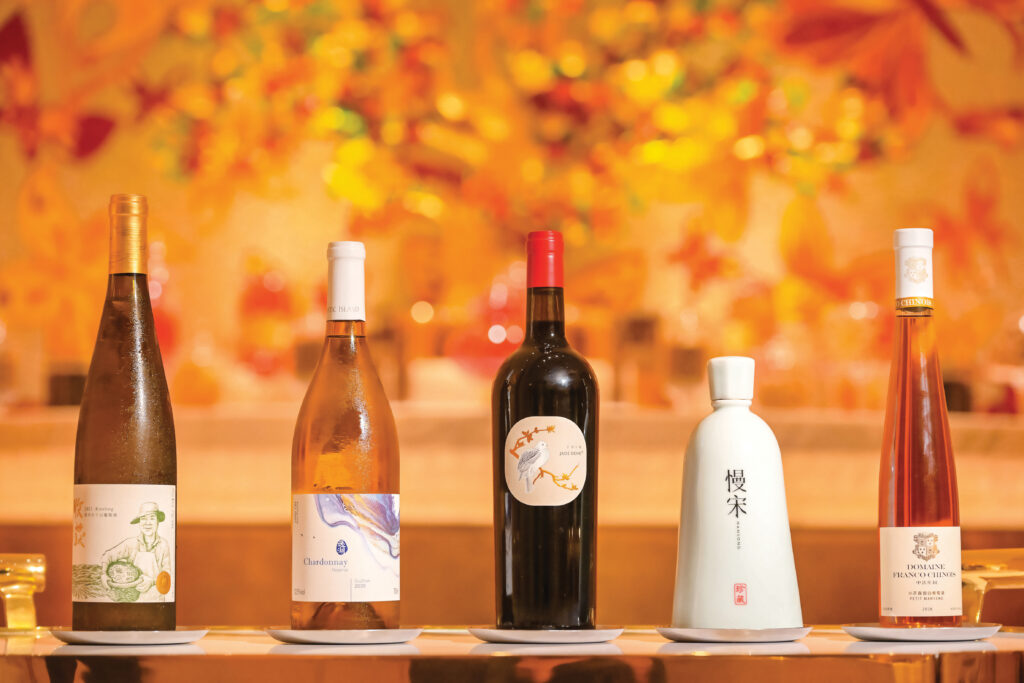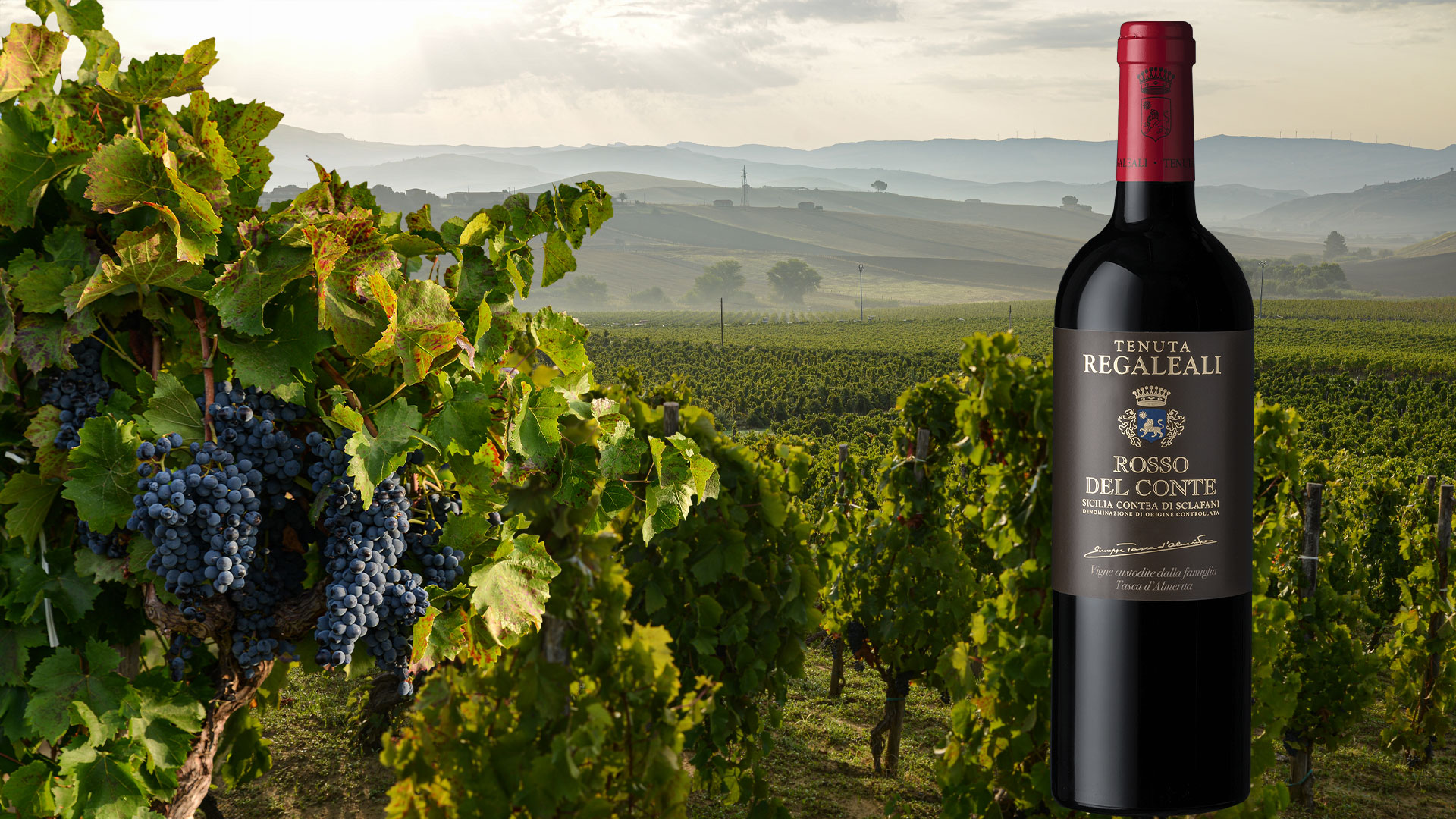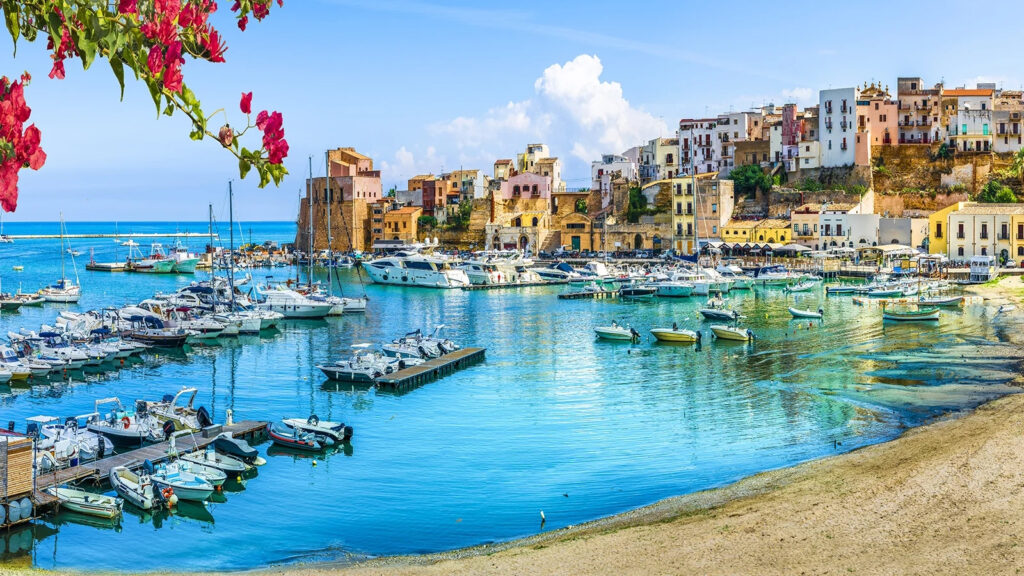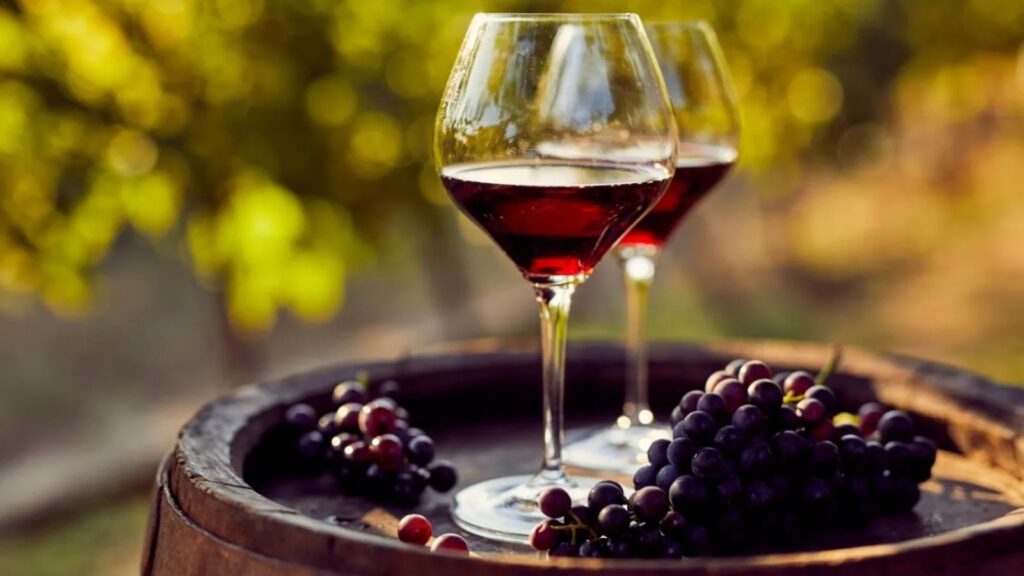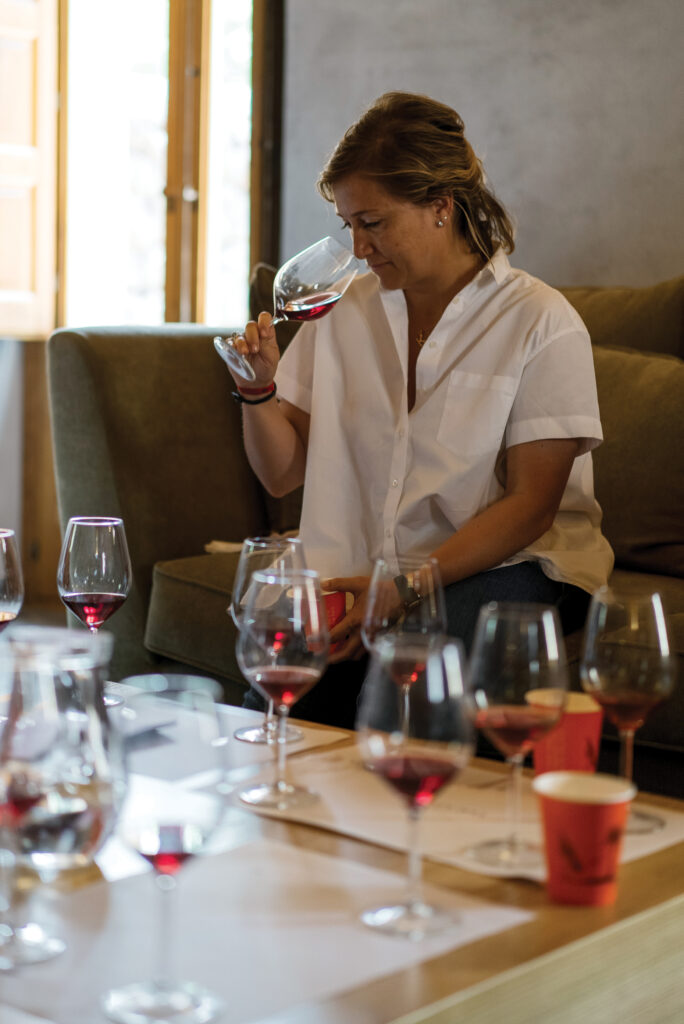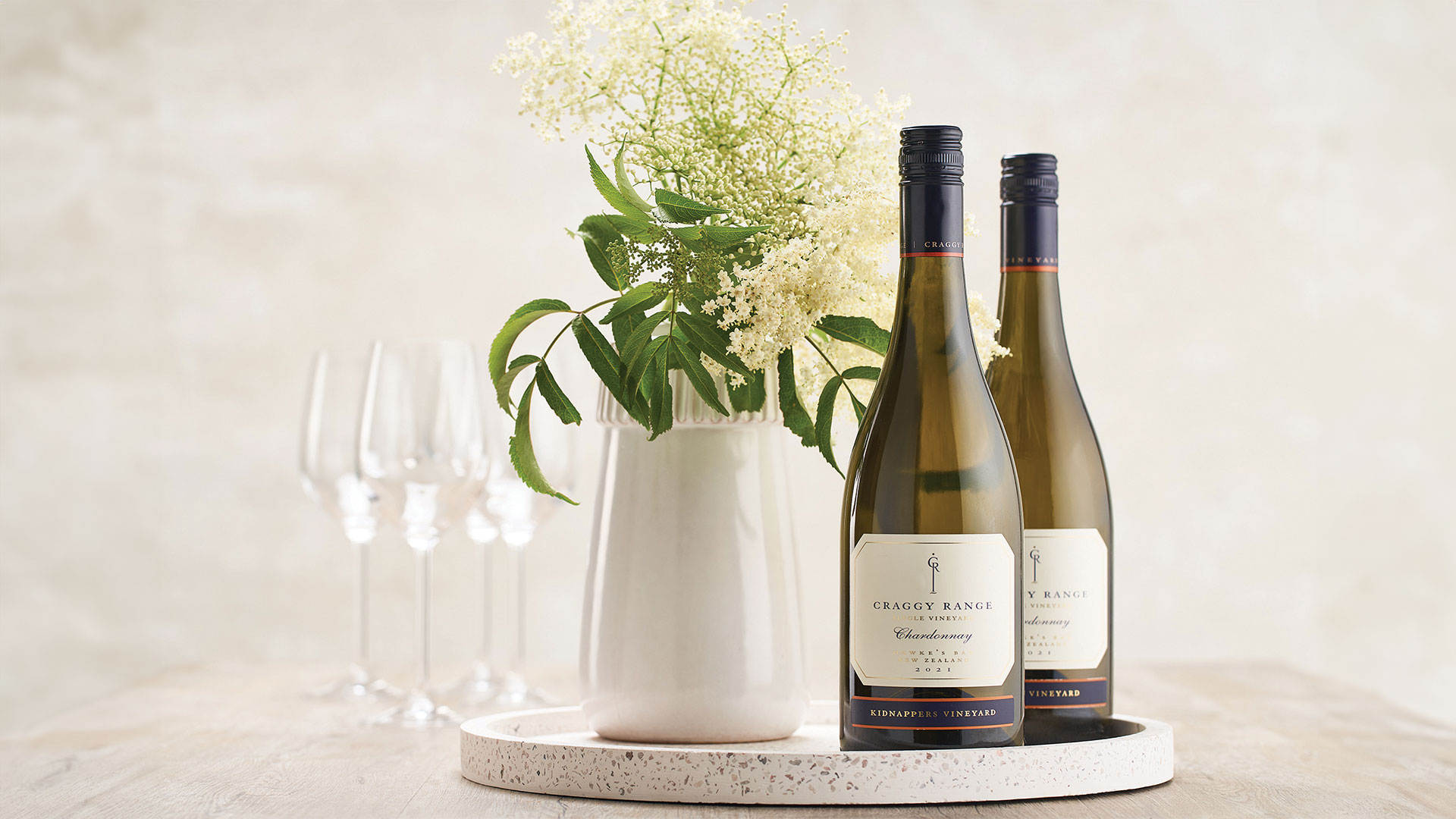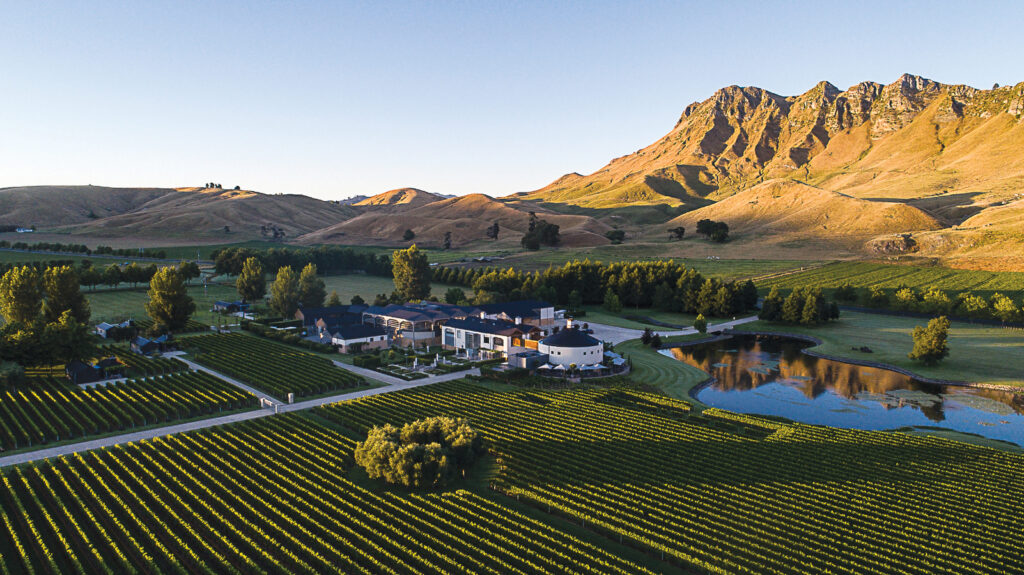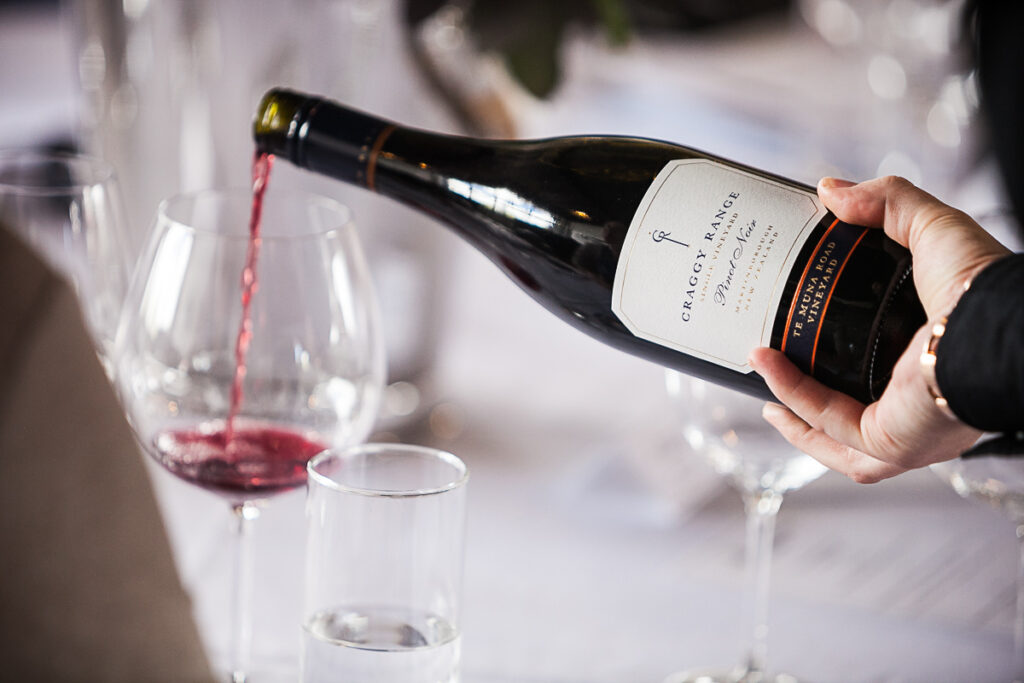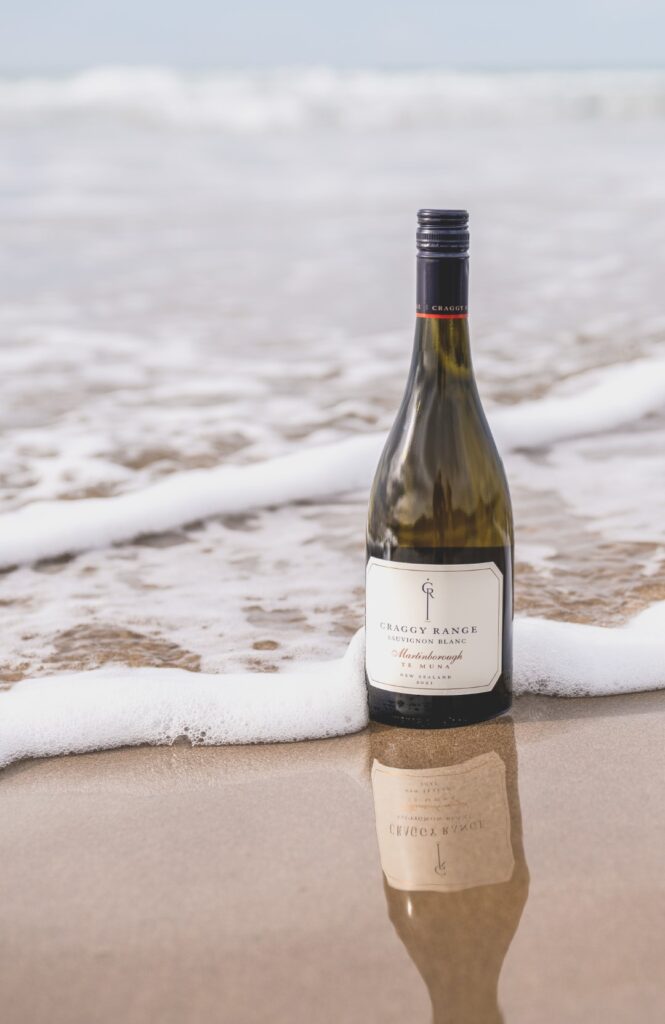The beautiful Rhône wine region in southern France has been making wine since the Roman times and its reputation has blossomed over recent years. Stretching down from Vienne to Avignon and carpeted with vineyards, this famous valley has two separate sub-regions with distinct viticultural traditions – the Northern Rhône and the Southern Rhône.
Northern Rhône and Southern Rhône are two completely different regions, insists Master of Wine Richard Hemming, speaking of one of his favourite winemaking areas. “The north is famous for making reds from Syrah, usually unblended, while the south blends more than a dozen different varieties to make a wide range of styles – including, most famously, Châteauneuf-du-Pape,” he says.
The two sub-regions are noted for having contrasting climatic conditions, thus affecting the types of grapes that will thrive.
Continental influences in the north can produce harsh winters and warm summers, while in the south the weather patterns are governed by a Mediterranean climate, with milder winters and hot summers.
Power play
Singapore-based Hemming, who serves as Head of Wine, Asia, for the 67 Pall Mall group of wine-loving private members’ clubs, is quite forthright in the appeal of the region’s wines. “The Rhône is all about power, but that doesn’t necessarily mean full-bodied,” he says. “Syrah from the north has intense black fruit but can be surprisingly perfumed too, with peppercorn and violet aromas.”
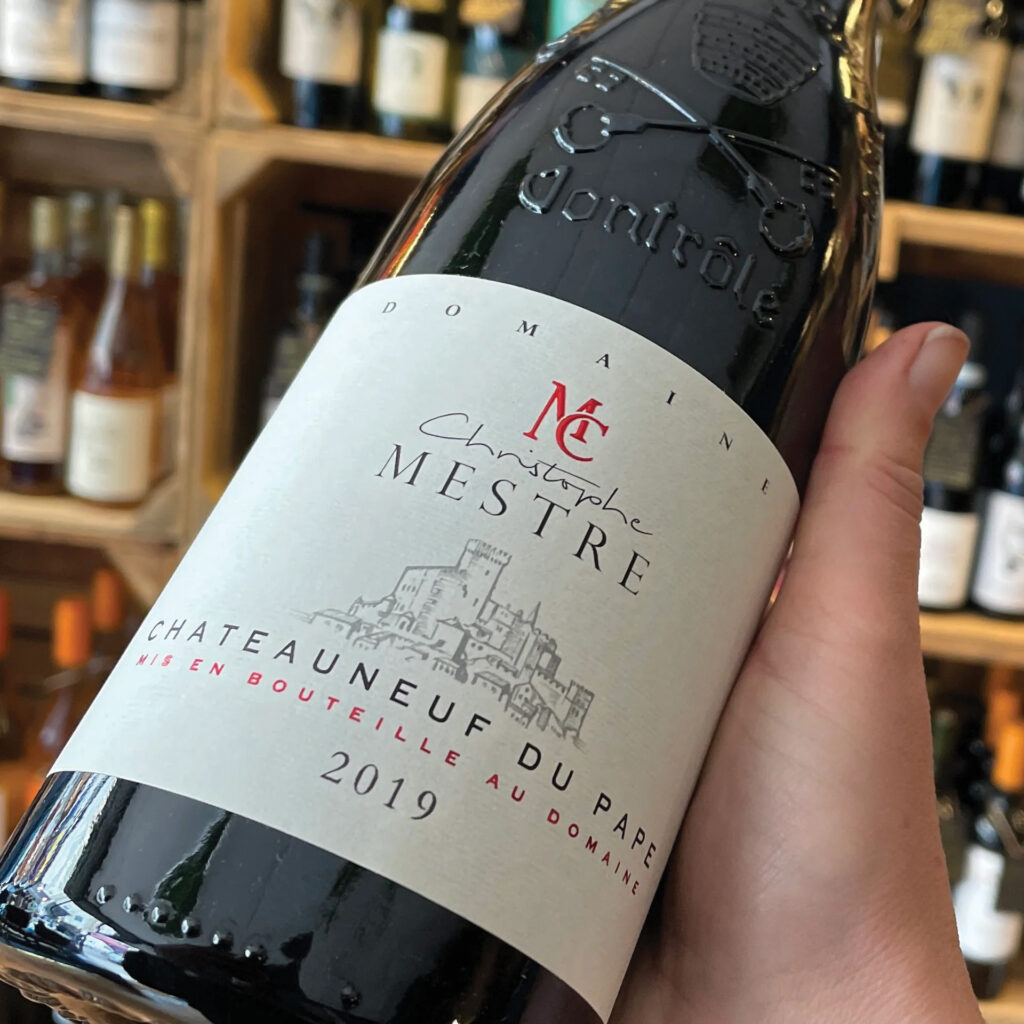
Comparing the northern wines with the tastes and aromas of its sister sub-region, he notes: “In the south, flavours are more like ripe red fruit, with sweet spices and often a herbal scent which is attributed to garrigue – the herbal scrub that grows naturally in and around the vineyards.”
The vast majority of wines are red, though both the north and south also produce whites, and he reveals that these are growing in popularity and prominence. “It’s this eclectic variation in styles that makes the Rhône such a rich region to discover,” he says.
Rhône reasons
According to Hemming, there is no one single overriding reason why the Rhône wine region produces such outstanding wines. “Like all great wine regions, it’s a combination of factors,” he says, citing its long winemaking tradition and evolving combination of variety, soil and climate.
Sense of mystery
He opines that some factors are simply unknowable, and pinpoints an Appellation d’Origine Contrôlée (AOC) in the Northern Rhône by way of example. “There is a degree of mystery: why does Hermitage create the most complex Syrah in the world? There’s no single answer to this kind of question – and it’s that which keeps us coming back for more.”

Hemming says the “humble” Côtes du Rhône appellation produces the most important wine in the region in terms of sheer volume. “In both red and white – and even rosé – for my money this is the best-value classic wine you can find.” One of his favourite tipples from the valley is Guigal’s Côtes du Rhône red, which has been his long-standing “bargain weekday treat”.
World class
When considering the reputation of a wine, he cites Châteauneuf-du-Pape as the most famous red of the Southern Rhône, due to its global recognition. “However, Hermitage and Côte-Rôtie, both from the Northern Rhône, while much smaller in size, are also world-renowned among wine lovers,” he adds.
“[Domaine Jean-Louis] Chave Hermitage represents the best-of-the-best for Syrah and is still good value if you compare it to top Burgundy and Bordeaux,” he enthuses. “For an undiscovered choice, I love the reds of Duché d’Uzès, a blend of Syrah and Grenache from the Southern Rhône.”



